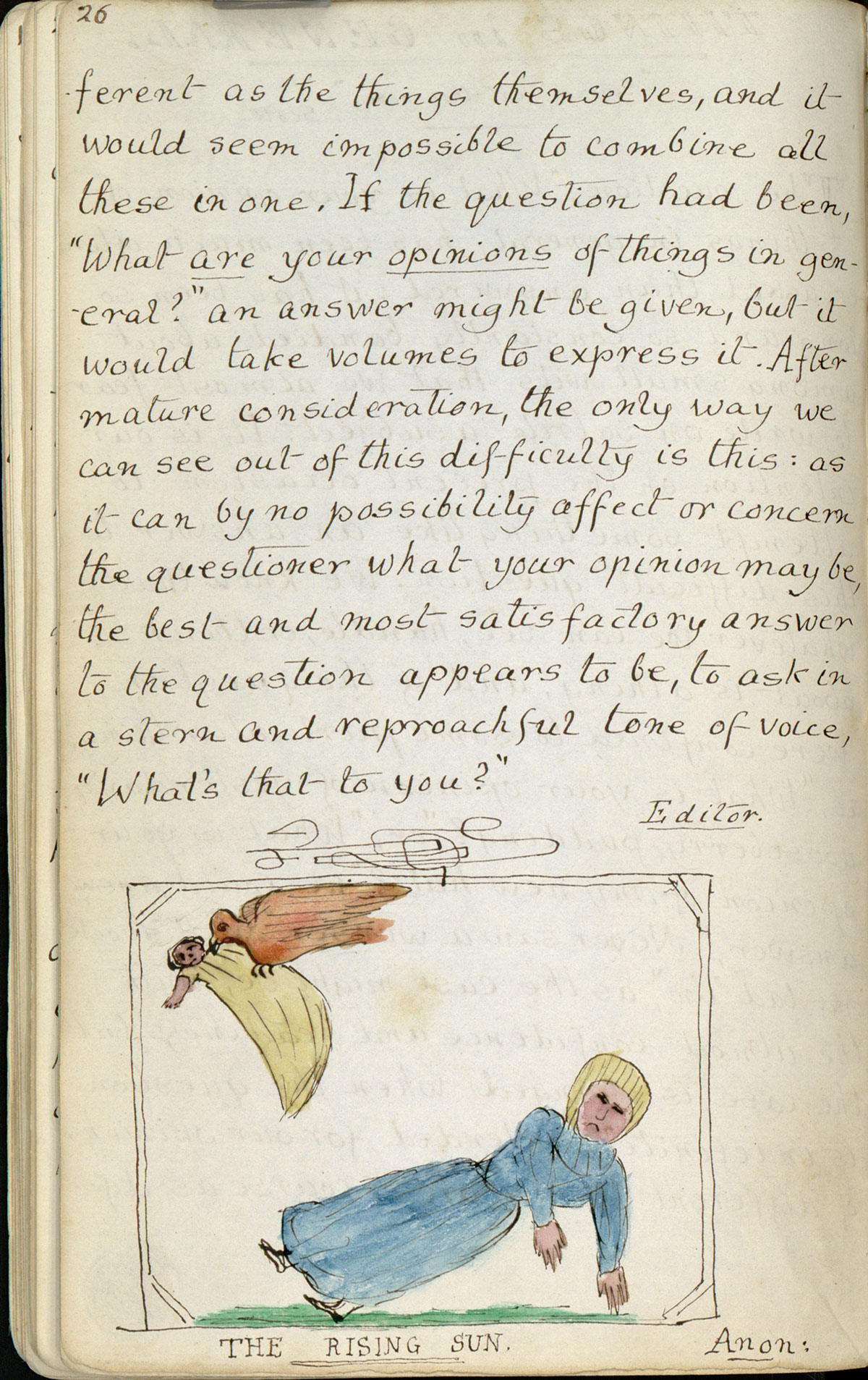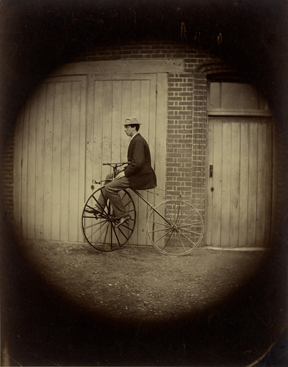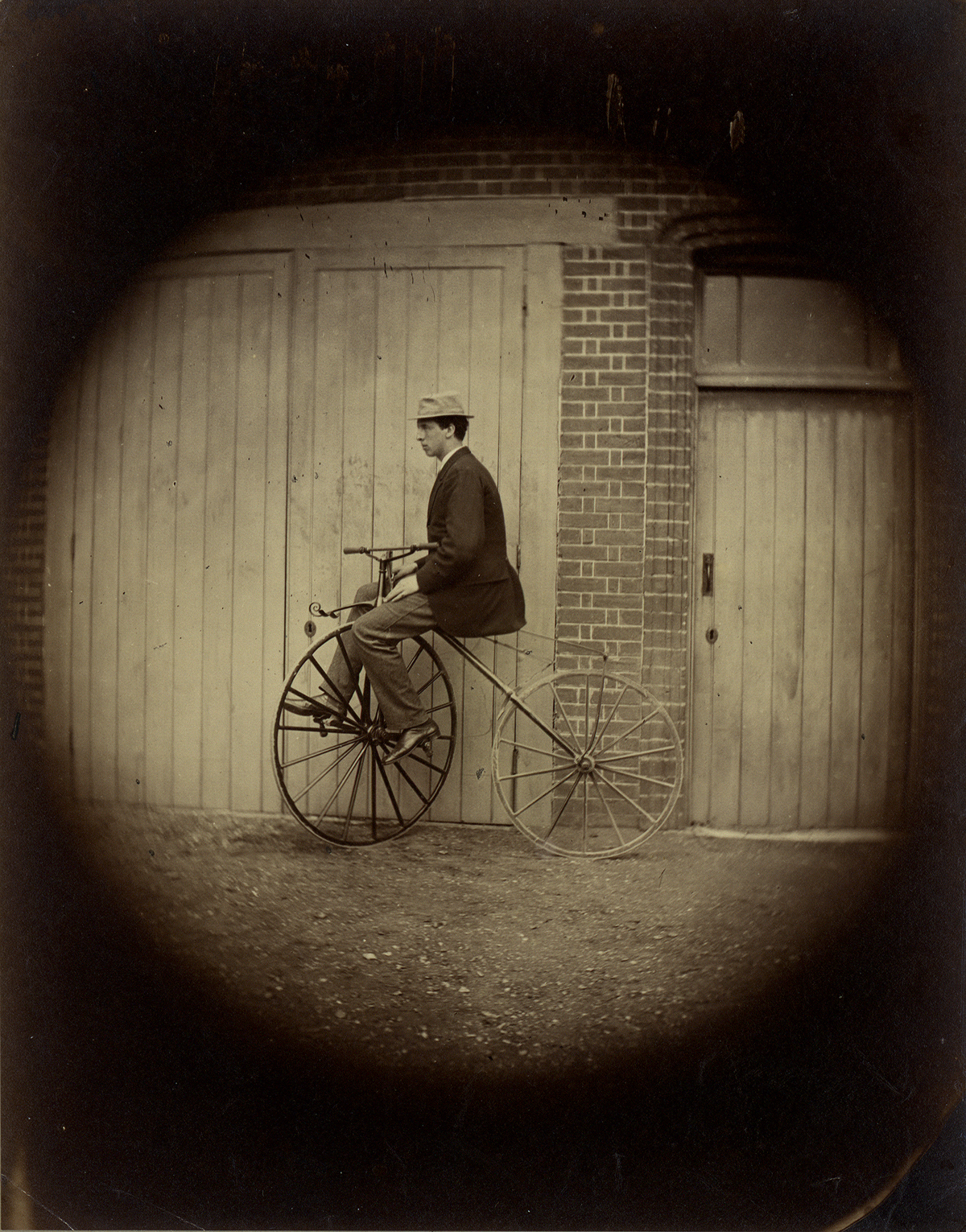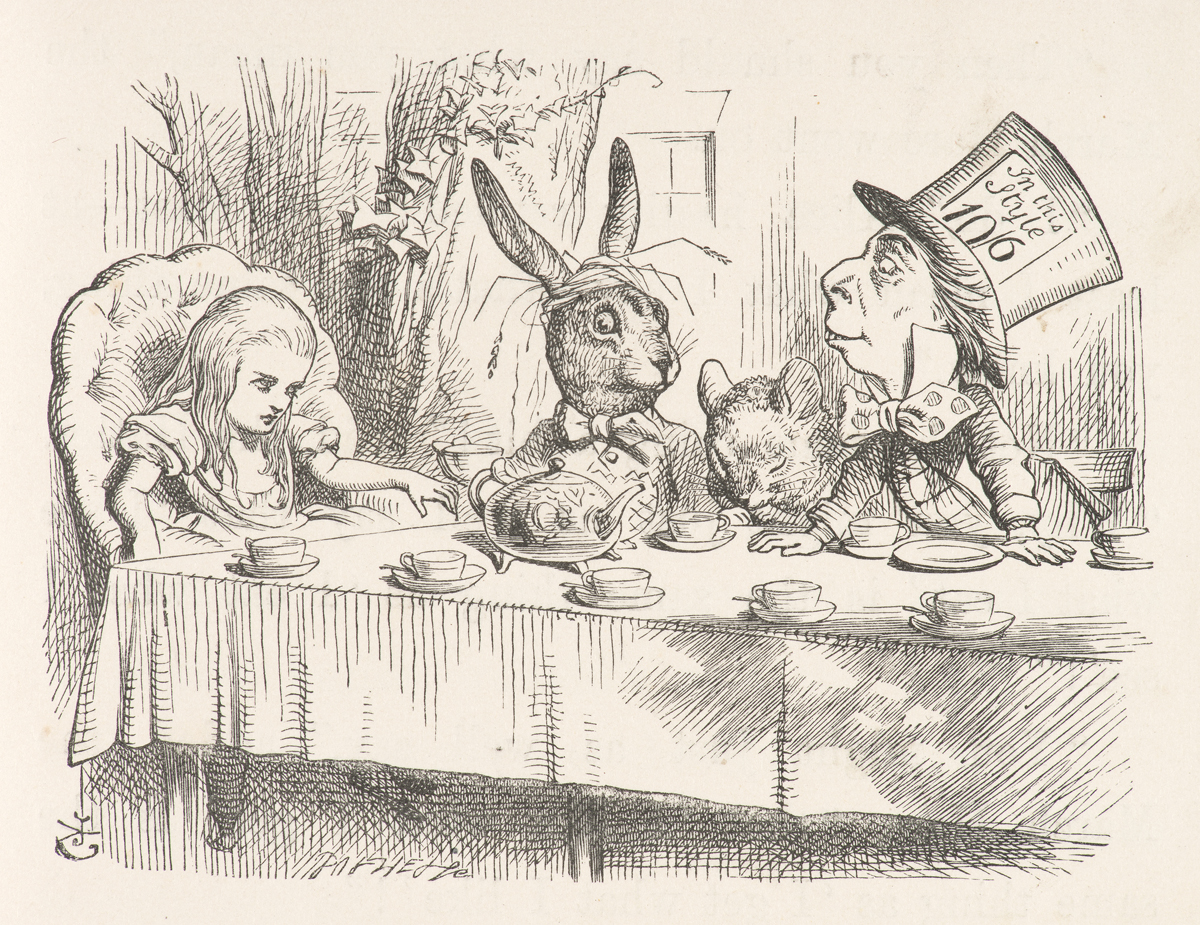Through its digital collections portal, the Harry Ransom Center has made available a remarkable example of juvenilia from its Charles Lutwidge Dodgson collection.
[Read more…] about A young Lewis Carroll, “musing on milk” and “reasoning on rubbish”

Through its digital collections portal, the Harry Ransom Center has made available a remarkable example of juvenilia from its Charles Lutwidge Dodgson collection.
[Read more…] about A young Lewis Carroll, “musing on milk” and “reasoning on rubbish”


On Tuesday, March 10, at 4p.m., Roy Flukinger, Senior Research Curator of Photography, speaks about the photography of Charles Lutwidge Dodgson—better known to the world as Lewis Carroll. Flukinger will discuss Dodgson’s pursuit of photography and his recognition as one of the most accomplished amateur photographers of the Victorian Era. The program, presented in conjunction with the Ransom Center’s current exhibition Alice’s Adventures in Wonderland, is free and open to the public. Seating is first-come, first-served, and doors open at 3:30 p.m.
In July of 1865, Charles Lutwidge Dodgson returned home from a visit to the family of Rev. Conyngham Ellis, the Rector of Cranbourne. In a letter quickly posted to the eldest Ellis daughter, Dymphna, Dodgson asked for help with a bit of unfinished business. He wrote,
Of course I left something behind—always do: this time it was my album of photographs (and autographs). And we also forgot to get your names written in it. So will you please turn 2 or 3 pages on after ‘Mary Millais,’ and then sign your name in the same place in the page as she did, only about half an inch lower down, and then get Mary, Bertha, and Kate to do the same thing in the 3 following pages. And then will you send it by train to Croft Rectory, Darlington. Thank you—much obliged.
Dymphna followed Dodgson’s instructions and returned the album, which Dodgson titled Photographs Vol. III. One hundred and fifty years later, it is one of five Dodgson albums held in the photography collection at the Harry Ransom Center.
Dodgson carried his albums with him on visits to friends and family, using them not only to show off his photographic work, but also to help him persuade parents and their children to pose for him. The letter to Dymphna Ellis reveals Dodgson’s method of collecting signatures on blank leaves of albums when he made the portraits. He then packed away the albums and negatives and returned to his darkroom to make the albumen prints, pasting them to the appropriate album pages. Photographs Vol. III contains more than a dozen pages bearing a signature but no mounted photograph, suggesting that the photographer did not always secure a final portrait that met his expectations.
Dodgson’s albums offer crucial information about his working process but also provide a tangible record of his artistry. Like his diaries, they also reinforce the record of his travels and his interactions with numerous acquaintances throughout Victorian Britain. And, perhaps most critically, they subtly provide us with a deeper and more richly nuanced portrait of the man himself.
The Ransom Center’s exhibition Alice’s Adventures in Wonderland is on view through July 6.

Sir John Tenniel. Dalí. Yayoi Kusama. What do these artists of vastly different styles, mediums, and artistic movements have in common? Each, along with many other artists, has tried their hand at illustrating Lewis Carroll’s classic Alice’s Adventures in Wonderland, a tale so whimsical it demands illustrations. Alice appeals to such a broad range of artists because the creative quality of the story gives artists freedom to interpret the look of the story in any way they please, and the book’s quirky sense of fun is irresistible.
The novel’s first illustrator was none other than its author. Charles Lutwidge Dodgson—alias Lewis Carroll—created a handwritten manuscript with 37 illustrations for the story’s muse, Alice Liddell, after she asked him to write down the fantastical story he told her one lazy summer afternoon on a boat ride. Although somewhat amateurish, the ink illustrations depict a sweet, pretty Alice, not unlike the famous Tenniel illustrations. Indeed, Tenniel, a famous Victorian political cartoonist, and Dodgson worked closely together in creating the now-classic illustrations for the first published edition.
Tenniel’s classical and rather prim imagining of Alice remained the standard throughout the nineteenth century and still remains the most recognizable Alice illustration today. It was not until the turn of the twentieth century that other illustrators tried their hands at Alice. These illustrations reflect the aesthetic of their time. Mabel Lucie Attwell’s 1910 rendering of Alice and Margaret W. Tarrant’s 1916 version are sweet and feminine and still very much geared toward a young audience.
By the middle of the century, illustrations of Alice became more experimental. German illustrator Wiltraud Jasper’s 1958 version is edgy and minimal, all in black and red. In 1969, iconic surrealist Salvador Dalí put his spin on Carroll’s story, creating a dreamy, abstract, and characteristically melty Wonderland in a melancholy color palate.
More recently, Japanese pop artist Yayoi Kusama has re-imagined Alice in her signature polka dots in a 2012 Penguin publication of Alice’s Adventures in Wonderland. Kusama steers away from the “classic” scenes of illustrations and instead focuses on details. For instance, the Mad Tea Party chapter features a red-and-black polka-dotted bowler hat instead of the traditional scene of the eccentric cast of characters tucking into high tea at a long table.
At the very onset of her story, Alice muses to herself about the importance of illustrations: “‘And what is the use of a book,’ thought Alice, ‘without any pictures?’” What use indeed? Would Alice’s Adventures in Wonderland be the classic book and cultural phenomenon that it is without pictures? Likely not—both readers and illustrators alike have fun with the creative freedom offered by the Alice books.
See examples of some of these illustrations in the Ransom Center’s current exhibition Alice’s Adventures in Wonderland, on view through July 6. Share with #aliceinaustin.
Please click on the thumbnails to view larger images.
Ransom Center Magazine is an online and print publication sharing stories and news about the Harry Ransom Center, its collections, and the creative community surrounding it.
Our monthly newsletter highlights news, exhibitions, and programs.
Copyright © 2024 Harry Ransom Center